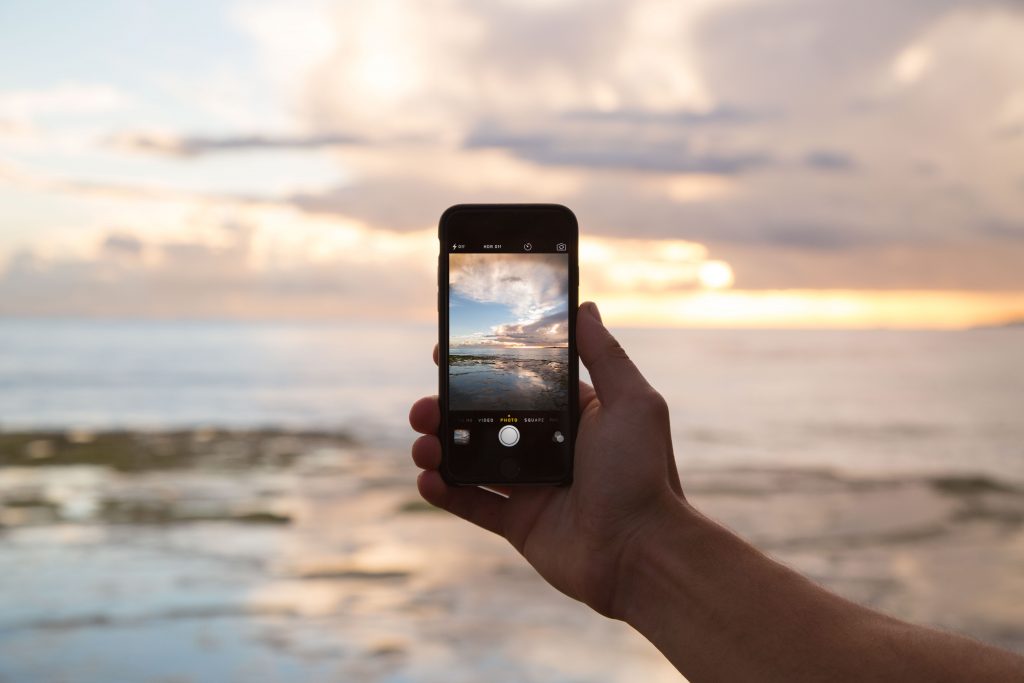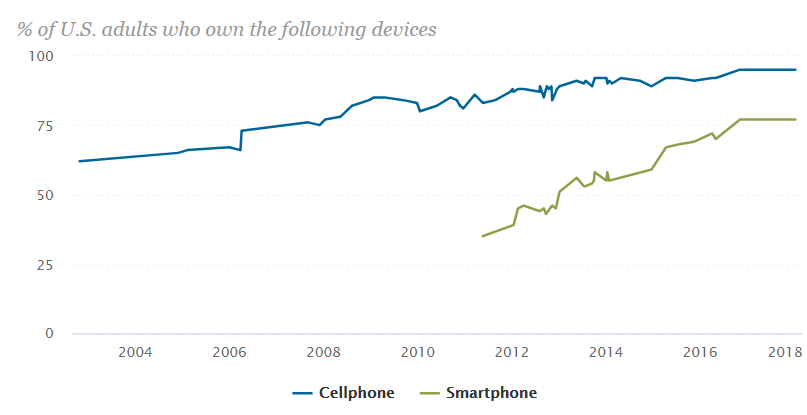Smartphones Help Commercial Fishermen
 Communication while aboard vessels has been an issue for seafarers for as long as humans have been going to sea. We have gone from bells and foghorns to the first radio telegraph in 1895, to the innovative satellite communication products of today. Communicating with other vessels, with emergency crew, with friends and family on land, or with bounty hunters who retrieve and return lost gear (yes, that really is a thing; keep reading to learn more) has become paramount. We share information with other fishing boats and try to stay ahead of the weather. Technology has come a long way, and our phones are making things even safer for people who work at sea.
Communication while aboard vessels has been an issue for seafarers for as long as humans have been going to sea. We have gone from bells and foghorns to the first radio telegraph in 1895, to the innovative satellite communication products of today. Communicating with other vessels, with emergency crew, with friends and family on land, or with bounty hunters who retrieve and return lost gear (yes, that really is a thing; keep reading to learn more) has become paramount. We share information with other fishing boats and try to stay ahead of the weather. Technology has come a long way, and our phones are making things even safer for people who work at sea.
The Pew Research Center for Internet and Technology has been tracking U.S. mobile phone statistics since before 2004. What was once a gadget used only by contractors and millionaires, the cellphone is now in the hands of nearly 94% of all U.S. adults, and a smartphone is owned by more than 76% of adults.
Smartphones are virtually small computers that fit in your pocket. With cutting edge software and accessories, smartphones are empowering fishermen and solving what were once big problems. Even sales and marketing can be done at sea with a smartphone fitted with satellite capabilities.
A cellphone will generally have coverage no more than 20 miles out to sea, but what happens when fishing vessels are further from shore and cell towers? With more and more smartphone users at sea, a fisherman can convert any smartphone into a satellite phone just by sliding on a new case. There are many satellite cases on the market, but several of our clients have said they like the Thuraya SatSleeve. It truly fits right over your smartphone and turns it into a satellite phone, providing users with access to phone calls, email, text messaging, and phone apps. Put your phone on satellite mode if no cell coverage is available, and it will seek out satellite coverage. The sleeves are just over $500 and there is a service plan to consider as well. We found a large range in terms of plan pricing, but prepaid cards can be purchased for about $1 per minute.
The U.S. Coast Guard requires all documented fishing vessels to carry communications equipment capable of reaching the Coast Guard station serving the area in which the vessel is operating.
This is a list of the current vessel requirements:
a) Each vessel must be equipped with a VHF radiotelephone capable of transmitting and receiving on frequencies in the 156-162 MHz band.
b) Vessels that operate more than 20 miles from the coastline must, in addition to a VHF, be equipped with a radiotelephone transceiver capable of transmitting and receiving on frequencies in the 2-4 MHZ band.
c) Vessels that operate more than 100 miles from the coastline must, in addition to VHF, be equipped with a radiotelephone transceiver capable of transmitting and receiving on frequencies in the 2-27.5 MHZ band.
The following may substitute for the radiotelephone requirements in paragraph (c) above: Satellite communication capability with a system servicing the area in which the vessel is operating; or a cellular telephone capable of communicating with a public coast station or U.S. Coast Guard station serving the area in which the vessel is operating. Note: A cellular telephone will not satisfy the requirements for vessels operating more than 20 miles offshore.
In California, smartphones are also being used to communicate with fishermen regarding lost equipment. In a program pioneered by local fishermen and the Nature Conservancy, “bounty hunters” are retrieving lost fishing gear, posting it on the app, and getting it back to the rightful owner for a small fee.
It is estimated that 2 to 23 percent of all crab pots are either lost or left behind. This can add up to thousands of abandoned crab pots per season. Crab pots are required to have biodegradable closures so that after 30 days they can be opened by trapped creatures. However, sometimes the pot openings become blocked or closures don’t degrade as expected. When crab pots are left at the bottom of the sea, the creatures that are caught die of starvation. This can lead to a circular process; creatures get caught in the pots, act as bait and more creatures are caught and stuck.
There is an incentive program to retrieve these lost pots. Bounty Hunters are paid $65 per pot, and the fishermen who own the pot pay $100 to get them back. Not only is this program helpful to the sea creature population, but it helps commercial fishermen by keeping the derelict pots out of the way. Oregon and Washington have been quick to adopt the program, and Alaska may be following soon.
Apps are useful tools for smartphone users, and especially fishermen. Not only are great weather apps available, but just like Airbnb and Uber, there are apps for connecting fishermen with consumers. Stacey and Jacobsen, PLLC also has a useful app for helping fisherman. The app is free and available in the Apple store at Stacey Jacobsen App. It contains information about injuries and the procedures to take if you or a crewmember are injured at sea. Add it to your smartphone toolbox today!
 Maritime Injury Law Blog
Maritime Injury Law Blog


